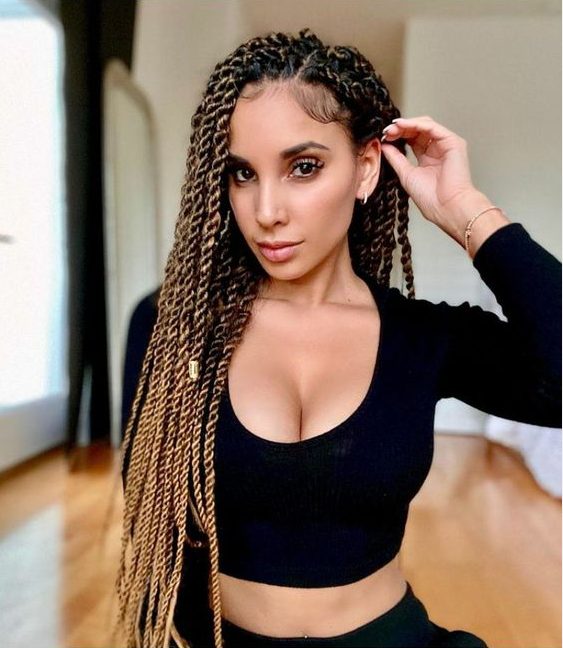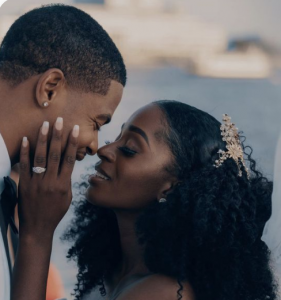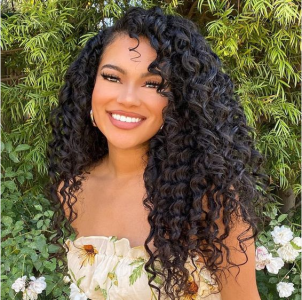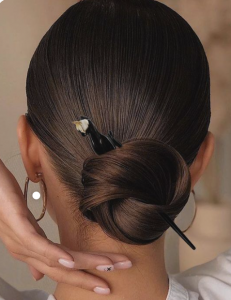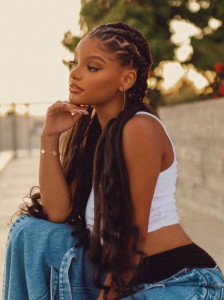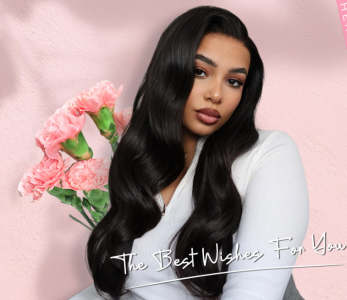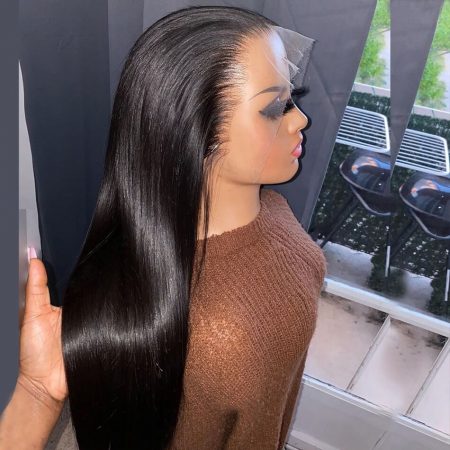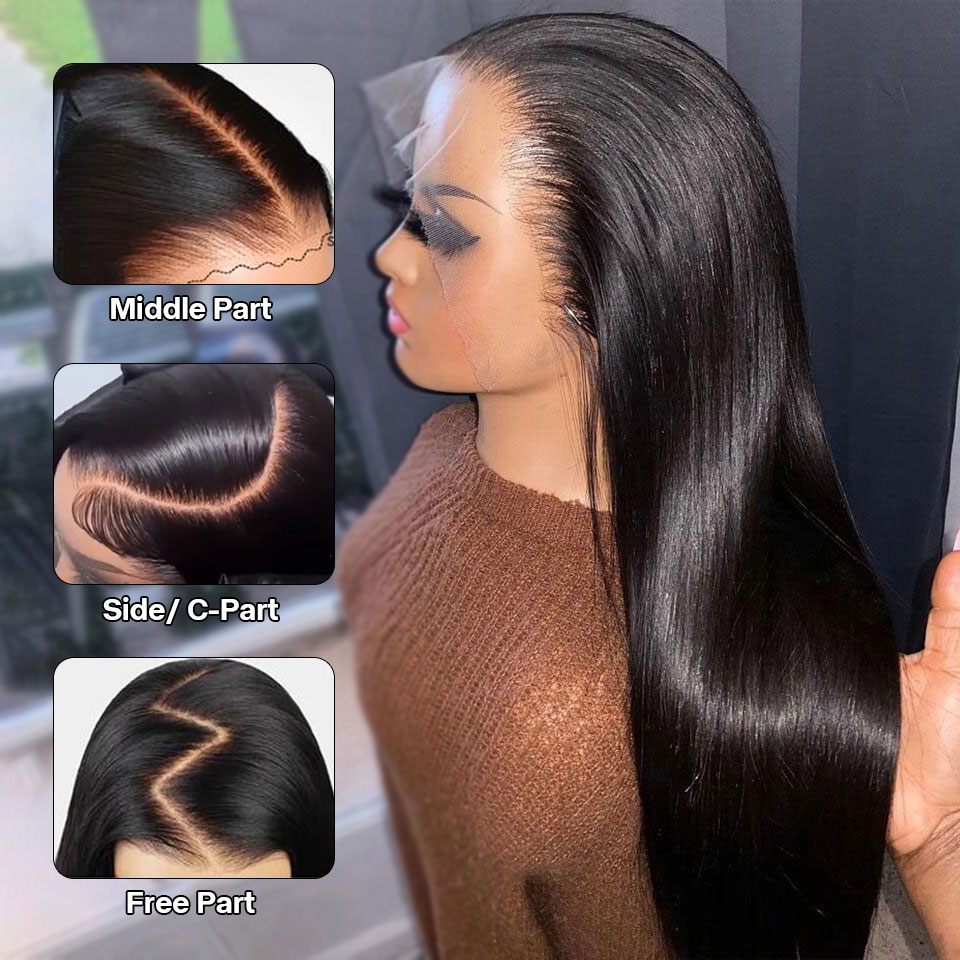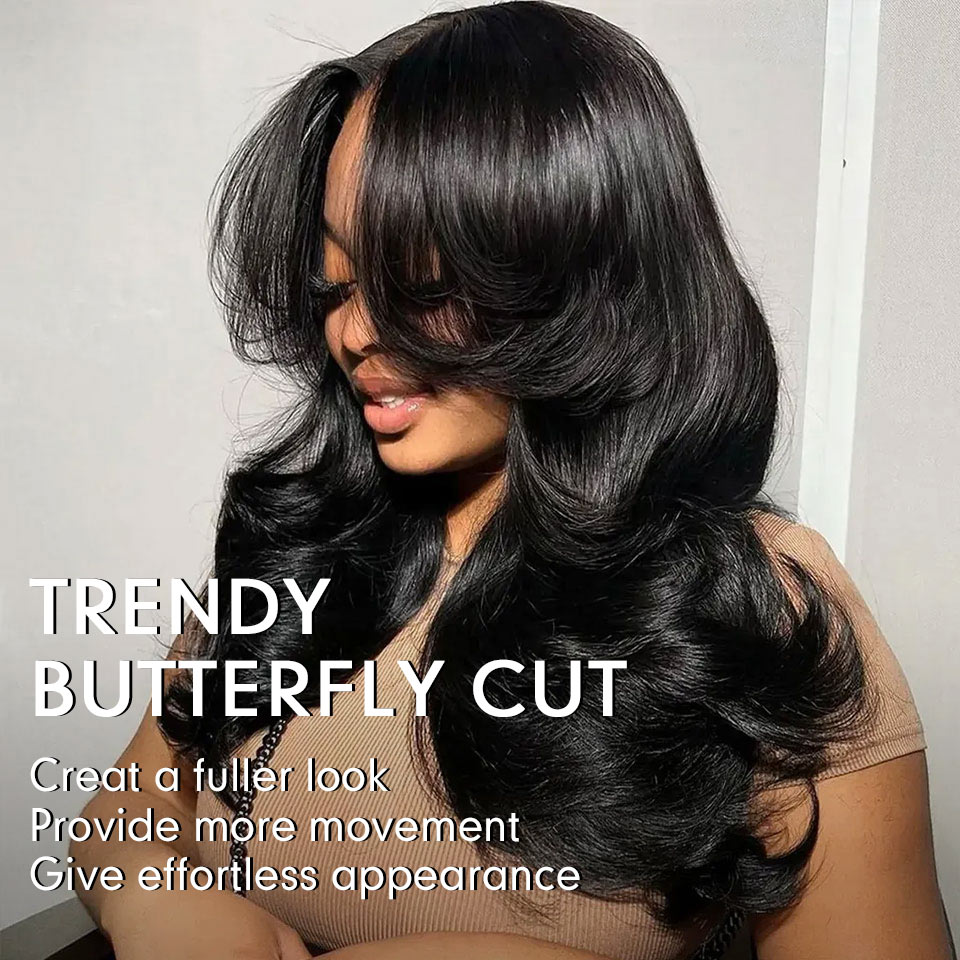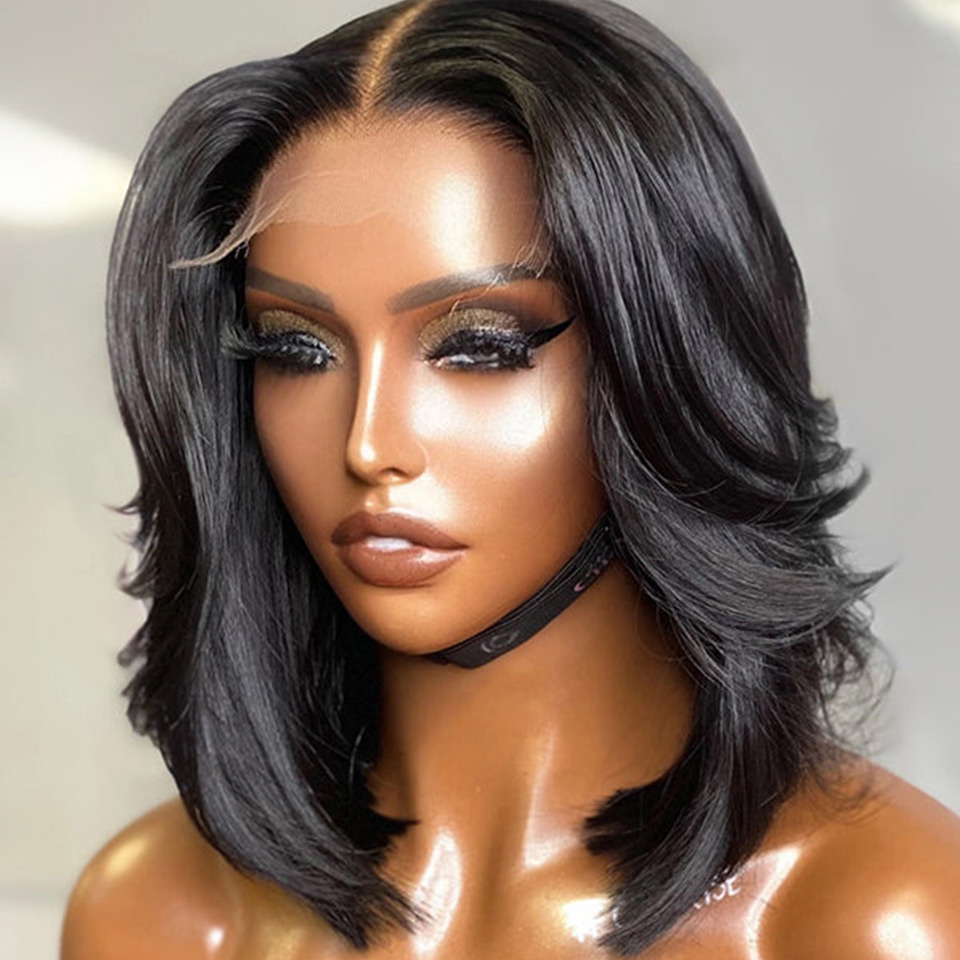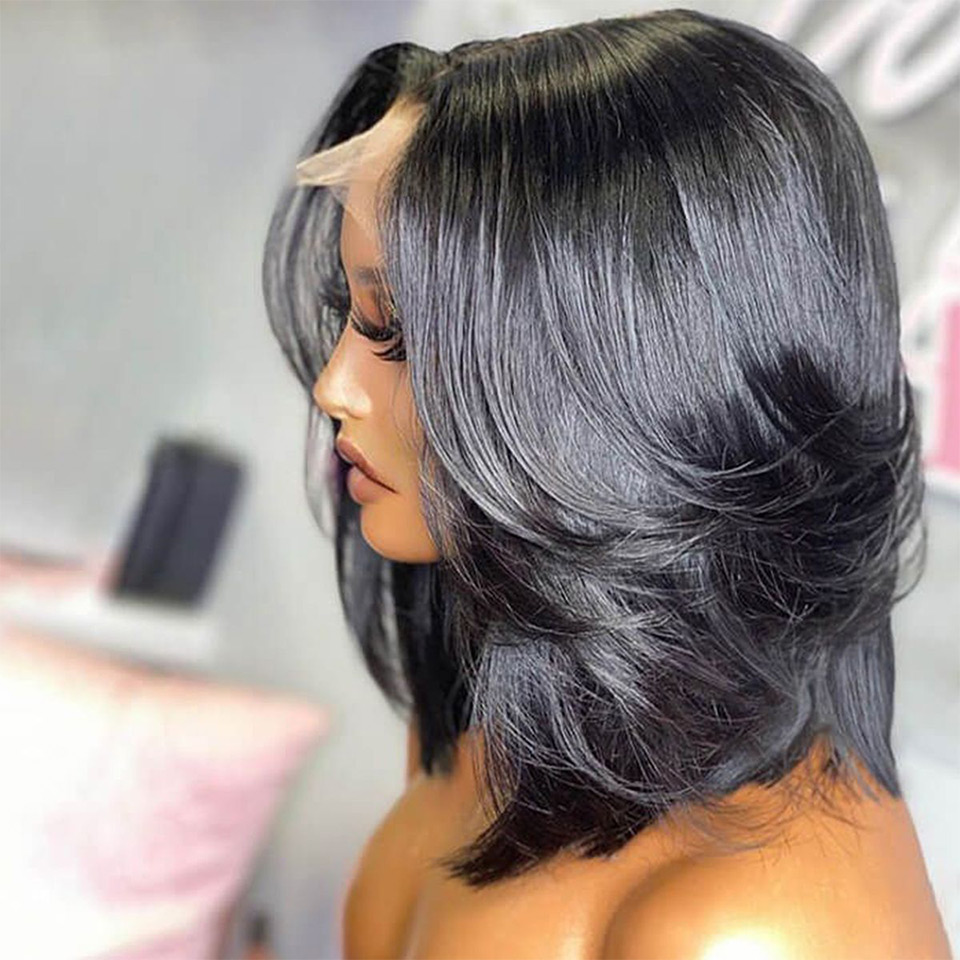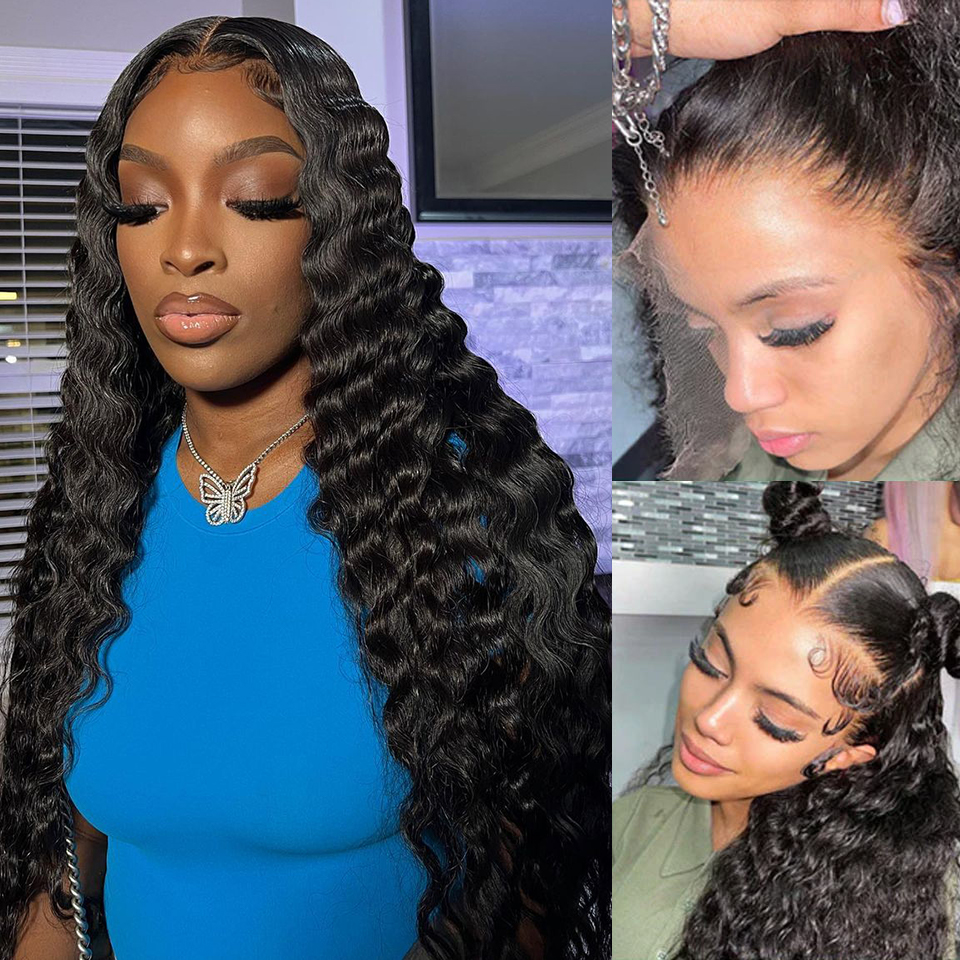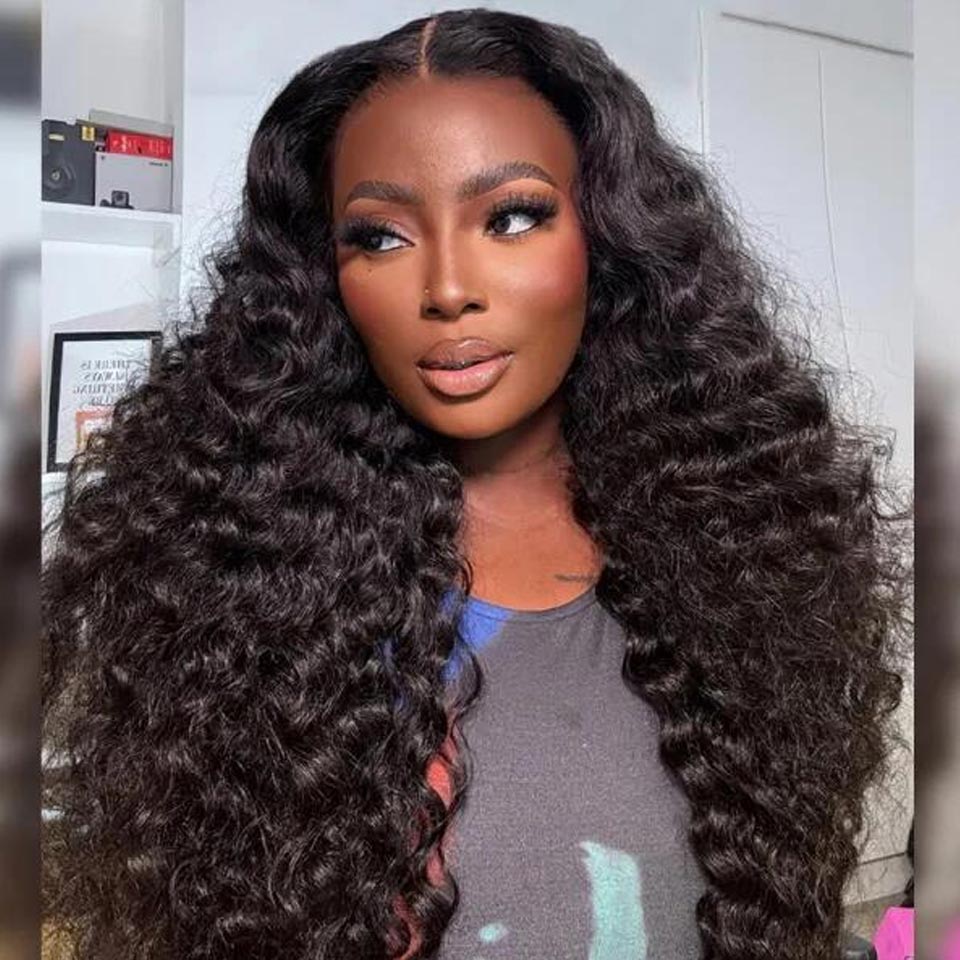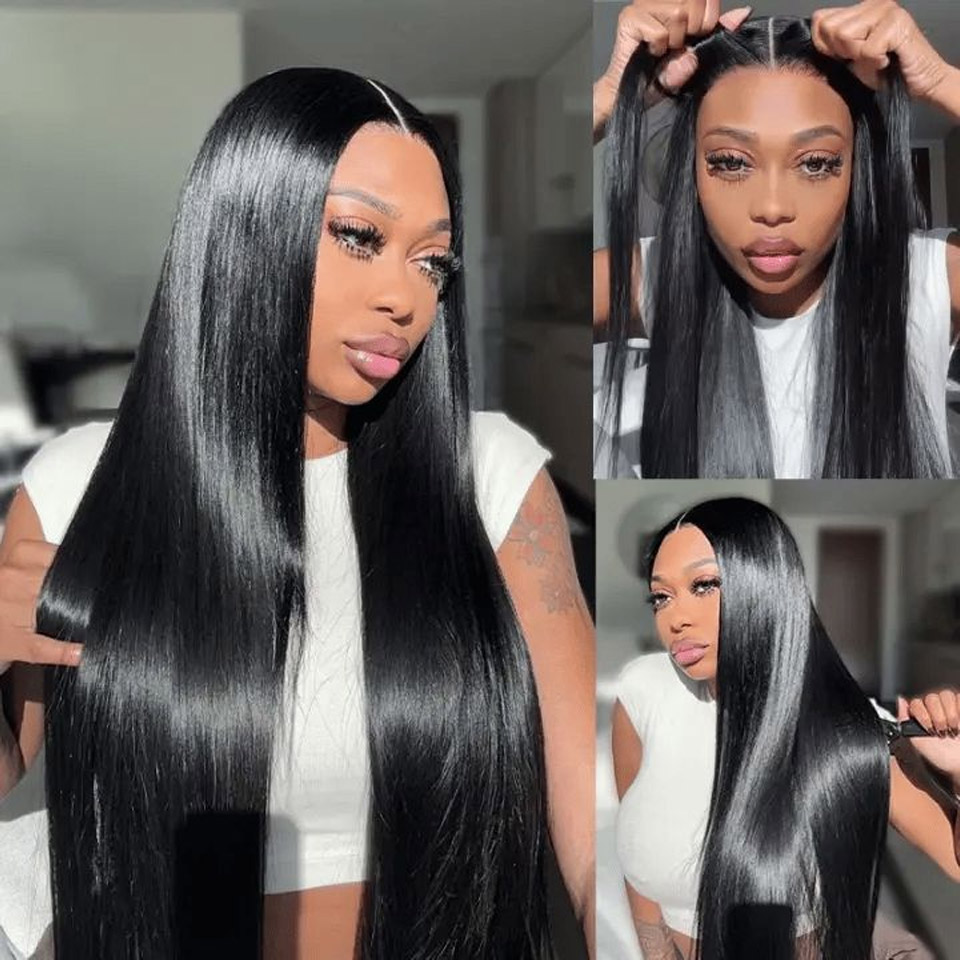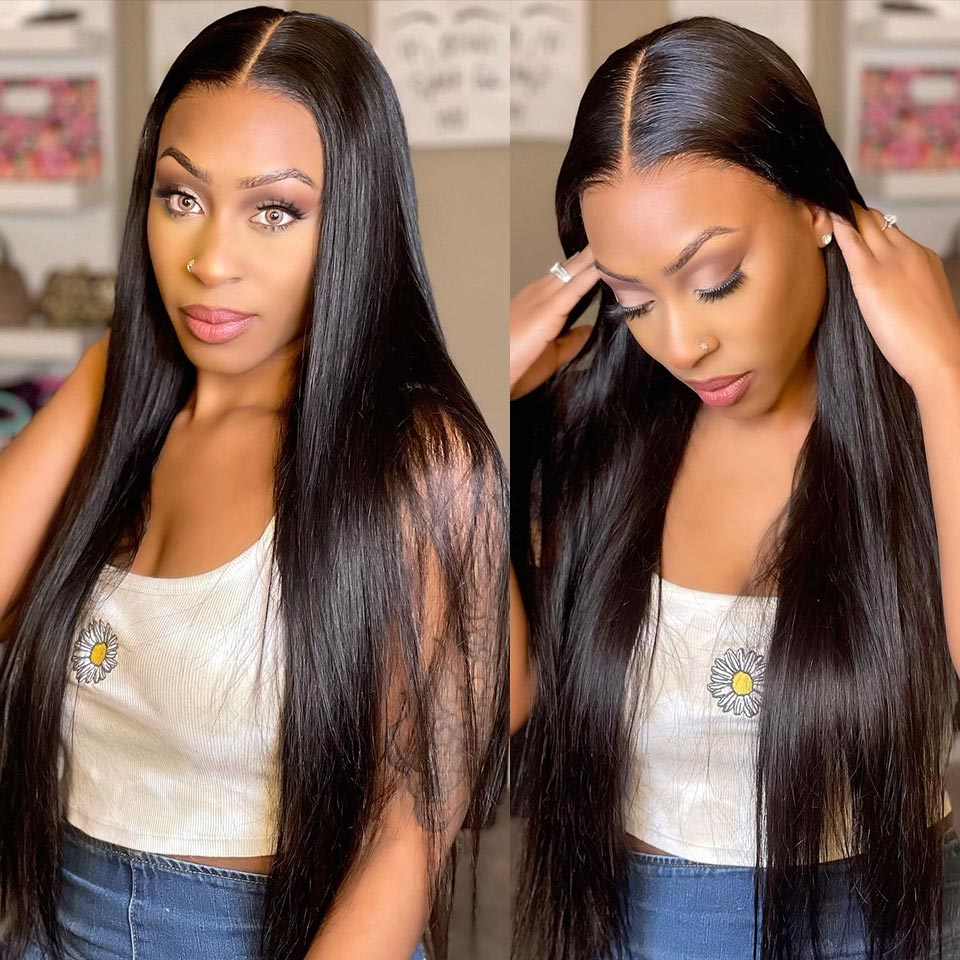The Cuban Twist hair, also known as the Havana Twist or Marley Twist, has gained immense popularity in recent years. This style is characterized by its chunky and textured appearance, resembling the natural look of Afro-textured hair. While many people turn to salons to get this trendy hairstyle, it is entirely possible to achieve the Cuban Twist hair at home with a bit of patience, practice, and the right tools. In this comprehensive guide, we will walk you through the step-by-step process of creating stunning Cuban Twist hair from the comfort of your own home.
Understanding Cuban Twist Hair.
Before embarking on your journey to achieve the Cuban Twist hairstyle, it’s essential to understand what it entails. Cuban Twists are a protective hairstyle that allows you to mimic the appearance of naturally curly and coily Afro-textured hair. These twists are chunky and have a textured, rope-like look. They are a versatile and low-maintenance option for those looking to protect their natural hair while showcasing a stylish and trendy look.
Origin of The Cuban Twist Hair Styles.
The Cuban Twist, also known as Havana Twist or Marley Twist, is a popular hairstyle that originated from the African diaspora, particularly within the Caribbean and African-American communities. Its history can be traced back to the cultural fusion and creativity that emerged in these communities, where individuals sought to celebrate and embrace their natural hair texture while incorporating elements of their unique cultural heritage.
Here’s a brief overview of the origin and evolution of the Cuban Twist hairstyle:
African Influence: The roots of the Cuban Twist hairstyle can be traced back to traditional African hair braiding and twisting techniques that have been passed down through generations. These techniques were not only practical for managing textured hair but also held cultural and symbolic significance within African communities.
Caribbean Connection: The Cuban Twist hairstyle gained popularity in Cuba, particularly among Afro-Cuban communities, where it was often referred to as “trenzas” or “twists.” This hairstyle allowed individuals to embrace their Afro-textured hair while showcasing unique and intricate styling.
Diaspora Influence: As a result of the African diaspora, the Cuban Twist hairstyle found its way to other parts of the Caribbean, such as Jamaica and Haiti. In these regions, it became known by various names, including “Marley Twist” in reference to the famous Jamaican musician Bob Marley, who popularized the look.
African-American Community: The Cuban Twist hairstyle gained significant popularity within the African-American community in the United States during the natural hair movement of the 2000s. This movement encouraged individuals with Afro-textured hair to embrace their natural curls, kinks, and coils. The Cuban Twist offered a protective styling option that allowed individuals to showcase their natural hair while protecting it from environmental stressors.
Media and Pop Culture: The Cuban Twist hairstyle gained further visibility through media, including magazines, television, and social media platforms. Celebrities and influencers began sporting this look, contributing to its mainstream acceptance and popularity.
Evolution of Styling: Over time, the Cuban Twist hairstyle has evolved to include variations in size, length, and styling. People often personalize the look by adding accessories, beads, or colors to make it their own.
Continued Cultural Significance: Beyond its aesthetic appeal, the Cuban Twist hairstyle continues to hold cultural significance for many people. It serves as a way to connect with African and Afro-Caribbean heritage while expressing individuality and creativity.
Preparing Your Hair.
Achieving the perfect Cuban Twist hairstyle starts with proper hair preparation. Here are the steps to follow:
a. Wash and Condition: Start by washing your hair with a gentle sulfate-free shampoo and conditioning it thoroughly. This will ensure that your natural hair is clean and free from any product buildup.
b. Detangle: Use a wide-tooth comb or your fingers to detangle your hair while it’s still wet. Work from the tips to the roots to avoid unnecessary breakage.
c. Stretching Your Hair: To make the twisting process more manageable and to achieve a neater finish, you can stretch your natural hair using methods like braiding, banding, or blow-drying with a diffuser attachment.
Choosing the Right Hair Extensions.
Selecting the appropriate hair extensions is crucial for achieving a natural and authentic Cuban Twist look. Here are some factors to consider:
a. Hair Type: Look for Marley hair, Kanekalon hair, or Afro-textured human hair extensions. These options closely mimic the texture of natural Afro hair.
b. Length: Choose extensions that match your desired length. Cuban Twists can be worn short, medium, or long, depending on your preference.
c. Color: Match the extension color as closely as possible to your natural hair color for a seamless blend.
d. Quantity: Depending on the thickness and length you desire, you may need 4 to 6 packs of hair extensions.
Necessary Tools and Products.
Before you start creating your Cuban Twists, gather the following tools and products:
Tools:
Rat-tail comb
Hair clips
Rubber bands or hair ties
Hair cutting scissors
Products:
Hair moisturizer or leave-in conditioner
Edge control or gel
Hair oil or serum
Styling mousse
Hairpins

The Step-by-Step Cuban Twist Hair Tutorial.
Now, let’s dive into the step-by-step process of creating the Cuban Twist hairstyle at home.
a. Sectioning Your Hair.
Divide your hair into manageable sections using a rat-tail comb. Start by parting your hair horizontally from ear to ear to create a top and bottom section.
Clip away the top section, and focus on the bottom section first. Divide the bottom section into smaller sub-sections, about 1-2 inches wide, depending on your desired twist size.
Secure each sub-section with a rubber band or hair tie to keep them separate and prevent tangling.
b. Installing the Extensions.
Take a small portion of the hair extension, about the width of your natural hair section, and fold it in half. Make sure the folded end is at the top.
Place the folded end of the extension against the root of your natural hair, right below the rubber band or hair tie. Your natural hair should be sandwiched between the two halves of the extension.
Twist the extension around your natural hair in a clockwise direction, adding tension as you go down. This creates the twist effect. Continue twisting until you reach the ends of your natural hair.
Use a hairpin or clip to secure the twisted extension in place.
Repeat this process for each sub-section of your hair in the bottom section, making sure the twists are consistently sized.
Once the bottom section is complete, unclip the top section and repeat the twisting process until your entire head is covered with Cuban Twists.
c. Twisting Your Hair.
As you twist your hair extensions, keep these tips in mind:
Maintain consistent tension while twisting to create even and well-defined twists.
Ensure that the extensions are tightly twisted around your natural hair to prevent unraveling.
Twist all the way to the ends of your natural hair to create a seamless look.
If you’re working with longer extensions, you may need to fold them in half again before twisting for a neater appearance.
d. Sealing the Ends.
To secure the ends of your Cuban Twists and give them a finished look, follow these steps:
Apply a small amount of edge control or gel to the ends of each twist to seal them.
Roll the sealed ends between your palms to smooth them out and ensure they are secure.
Trim any uneven ends with hair cutting scissors for a clean finish. Be cautious not to cut your natural hair.
e. Styling and Maintenance Tips.
Once your Cuban Twist hairstyle is complete, here are some styling and maintenance tips to keep it looking fabulous:
Avoid excessive manipulation of your twists to prevent frizz and unraveling.
Use a satin or silk bonnet or pillowcase to protect your twists while sleeping.
Moisturize your hair and scalp regularly with a leave-in conditioner or hair oil to prevent dryness.
You can style your twists in various ways, such as updos, half-up, half-down styles, or wearing them loose.
Frequently Asked Questions.
Q: How long does it take to install Cuban Twists?
A: The time it takes to install Cuban Twists depends on the length and thickness of your hair, as well as your experience level. It can take anywhere from 4 to 8 hours to complete the process.
Q: How long can I keep Cuban Twists in my hair?
A: Cuban Twists can be kept in your hair for 6 to 8 weeks with proper maintenance. Be sure to moisturize your hair regularly and protect it while sleeping to prolong the style.
Q: Can I wash my hair with Cuban Twists installed?
A: Yes, you can wash your hair with Cuban Twists, but it’s best to use a sulfate-free shampoo and be gentle to avoid unraveling the twists. Focus on the scalp and use a diluted shampoo mixture if necessary.
Q: Can I swim with Cuban Twists?
A: While it’s possible to swim with Cuban Twists, it’s essential to protect your hair by wearing a swim cap or braiding your twists and applying a waterproof conditioner before swimming.
Summary up.
Achieving the Cuban Twist hairstyle at home can be a rewarding experience, allowing you to showcase a trendy and protective look while embracing the beauty of textured hair. With the right tools, products, and a little practice, you can create stunning Cuban Twists that make a statement. Remember to take your time, be patient, and follow the steps outlined in this comprehensive guide to achieve the perfect Cuban Twist hair at home. Enjoy your new, stylish look!

